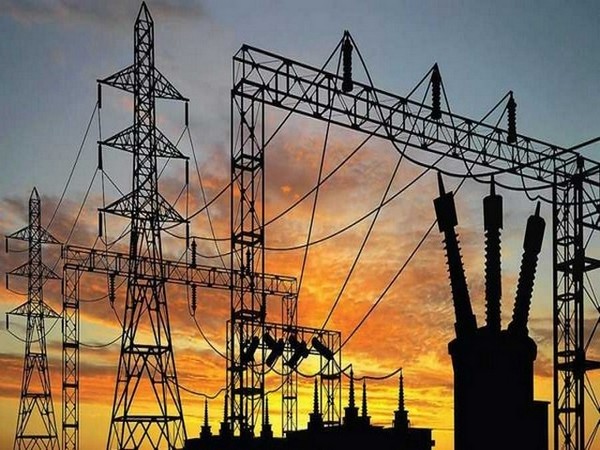
New Delhi: India ensures electricity to all; Focuses on renewable energy for a sustainable future India is marching ahead with its successes in enhancing power generation which has driven its economic growth and given almost every family access to electricity. India had in 2018 achieved the goal of electrifying every village in the country. Now it has reached very close to the ultimate goal of electrifying every household.
At the same time, it has ensured that capacity building remained sustainable thanks to a special focus on renewables. India's efforts have received accolades from the United Nations. The efforts of the government of India to electrify every village and every hamlet have shown tremendous results. The electricity access among the poorest population increased from 53 percent to 86 percent in just five years.
A scheme named 'PM Saubhagya' ensured electricity connection to all un-electrified households in rural areas and poor households in urban areas. The scheme led to the electrification of a whopping 28.6 million households, with almost every state in India reaching the status of '100 percent electrified'. This scheme made wonders in the backward states thanks to electronic registration, smooth implementation, efficient financing, and real-time monitoring. It has helped India remove the label of the world's largest un-electrified population.
Access to electricity has reached over 99 percent of the population in India, says the World Bank. The government of India has given due thought to ensuring uninterrupted electricity supply to the villages especially households located in remote areas. Fotoksar village in Ladakh region, which is located between the two high altitude passes, got electricity after massive efforts by engineers to build the required infrastructure through the difficult terrain.
"We are very happy now that we finally have electricity in our village. Now our children can study well and progress in life," said a villager. Similarly, a few villages near the China border, which are highly inaccessible by road and have harsh weather conditions, have been electrified.
Another scheme named ‘Deendayal Upadhyaya Gram Jyoti Yojana’ has led to the creation, strengthening and augmentation of electricity infrastructure as well as making distribution service more efficient. This improved the quality and reliability of power supply in rural areas. An energy corridor has been planned, and synergy between all energy generation sectors has been created for effective distribution.
India produces 1,591 billion kilowatt-hours (kWh) in the year 2022-23, which is the highest since 1990. It was aided by an 11.8 percent increase in renewable energy, excluding hydro and nuclear power. There were concerns about potential challenges due to rising power demand as India’s hunger for economic growth grew. However, higher output through sustainable electricity generation. India’s reliance on solar power allowed smooth electricity supply even during the hot summer.
India has been at the forefront when it comes to sustainable development. It has taken big strides in the development of renewable energy. It has pledged to meet 50 percent of its energy requirements from renewable sources by 2030, which is 500 gigawatts (GW), under the terms of the Paris Agreement.
India ranks third in the global ‘renewable energy country attractive index’, which is based on the attractiveness of their renewable energy investment and deployment opportunities.
Now India plans to export solar power as the output from the eco-friendly way of power generation is set to exceed the domestic requirement.
The United Nations General Secretary appreciated India's efforts to build the first solar-powered village as it promotes green energy, sustainability and self-reliance in times of climate change. “And the fact that solar energy is transforming the lives of the people of this village, making it more healthy, giving them more prosperity, but at the same time, contributing to rescue our planet from climate change that is still riding without control,” he said.
India’s total installed electricity generation capacity stood at 417 GW, of which 41.4 percent comes from renewable sources. India has taken a series of policy measures such as production-linked incentives for manufacturers of electric vehicles and batteries, encouraging green hydrogen fuel, amending energy laws to control carbon trading, obligating the use of non-fossil sources and enforcing energy conservation codes and setting standards for vehicles.